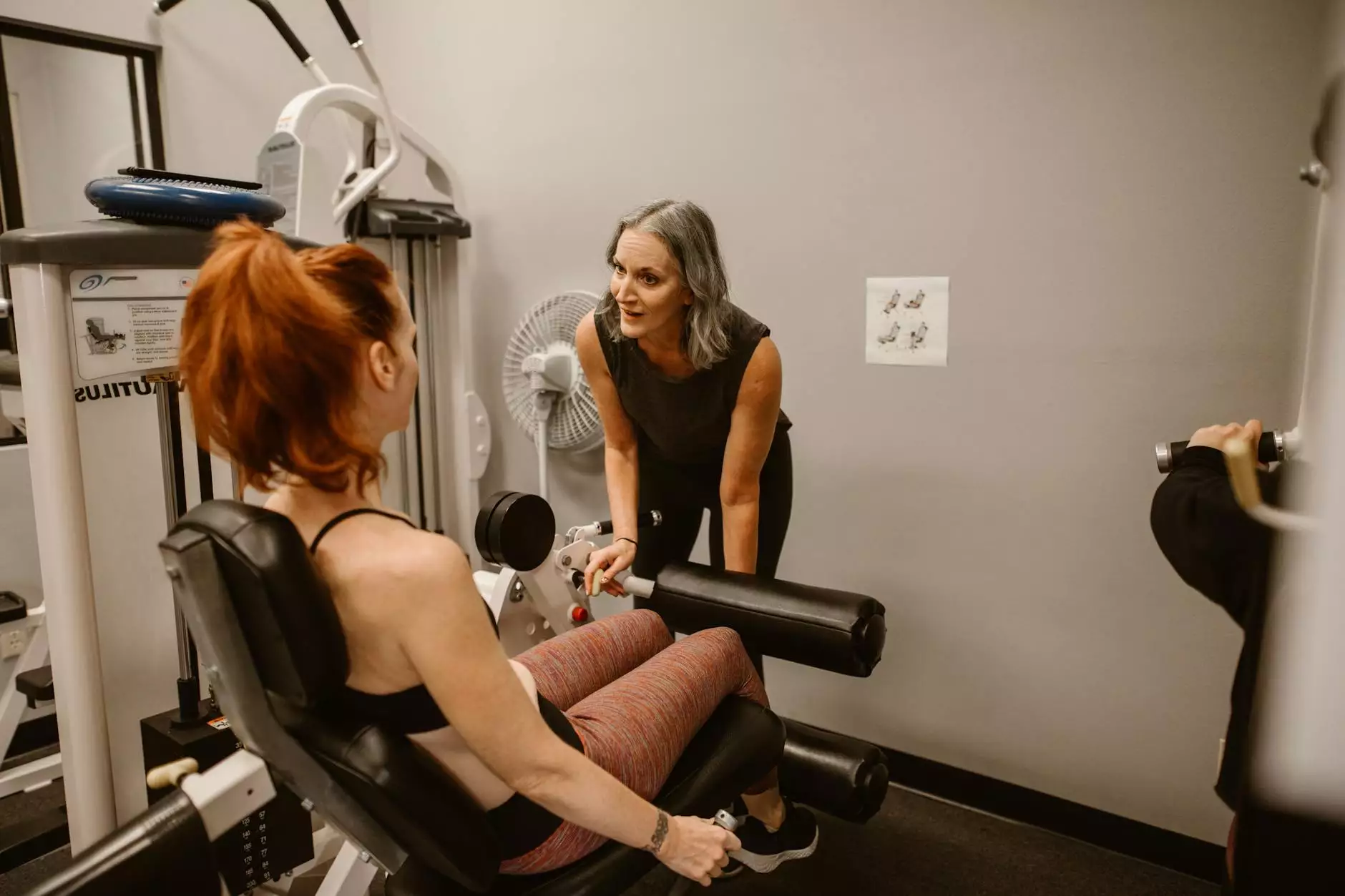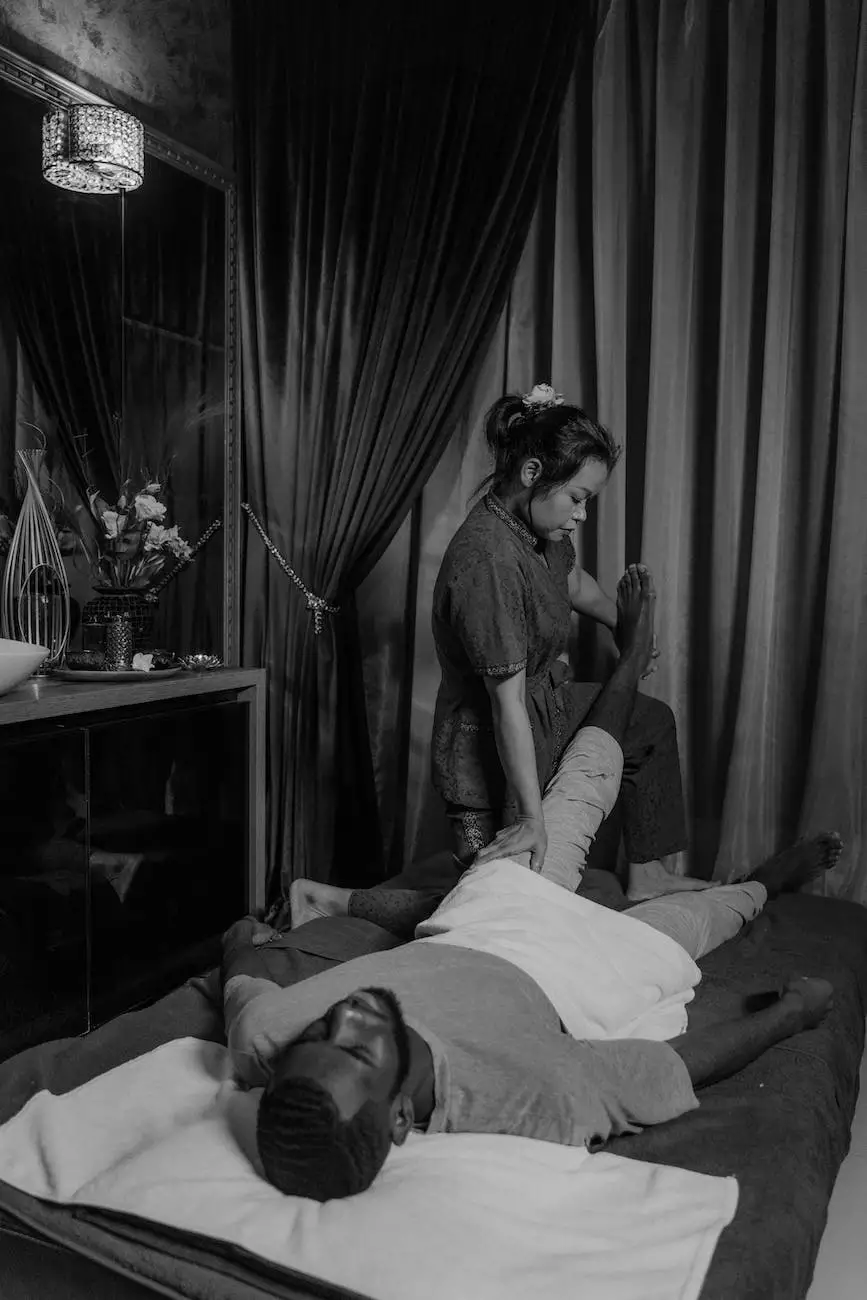Understanding Diastasis Recti: Causes, Symptoms, and Treatment

The Importance of Recognizing Diastasis Recti
At Hello Physio, we take pride in providing comprehensive resources to help our clients lead healthier lives. In this article, we will explore the topic of diastasis recti and offer valuable insights into its causes, symptoms, and treatment options. Whether you are an athlete, a mother, or simply someone interested in understanding their body better, this article aims to provide the information you need.
What is Diastasis Recti?
Diastasis Recti is a condition that affects both men and women, although it is most commonly associated with women post-pregnancy. It refers to the separation of the abdominal muscles, specifically the rectus abdominis, due to increased tension and pressure on the connective tissue called the linea alba. This separation can lead to a visible bulge or protuberance in the midline of the abdomen.
Causes of Diastasis Recti
There are several factors that contribute to the development of diastasis recti. The most common cause is pregnancy, where the growing uterus puts increasing pressure on the abdominal muscles and stretches the connective tissue. However, other factors such as obesity, heavy lifting, improper abdominal exercises, and genetics can also play a role in its occurrence.
Identifying Diastasis Recti
Diastasis Recti can be recognized by a visible bulge or gap in the midline of the abdomen when performing certain movements like sitting up or doing a forward plank. To self-check for diastasis recti, lie flat on your back with your knees bent, and place your fingers just above your belly button. Slowly raise your head and shoulders off the ground, and feel for any separation or gap between the abdominal muscles.
Common Symptoms
- Abdominal Bulge: The presence of a visible bulge or protrusion in the midline of the abdomen.
- Lower Back Pain: Many individuals with diastasis recti experience lower back pain due to the weakened core muscles.
- Poor Posture and Stability: Diastasis recti can affect your overall posture and stability, leading to potential balance issues.
- Urinary Incontinence: In some cases, diastasis recti can contribute to bladder control problems.
Treatment Options
When it comes to treating diastasis recti, a multifaceted approach is often recommended. It's essential to consult with a qualified physical therapist or sports medicine professional, like those at Hello Physio, to tailor a treatment plan suited to your specific needs.
1. Physical Therapy
Physical therapy exercises focusing on strengthening the core muscles, including the transverse abdominis and pelvic floor muscles, can help reduce the separation and improve overall abdominal function.
2. Posture and Body Mechanics
Working on maintaining proper posture and body mechanics during daily activities is crucial to prevent further strain on the abdominal muscles. Physical therapists at Hello Physio can guide you on making the necessary adjustments.
3. Nutrition and Weight Management
Adequate nutrition and weight management play a significant role in the healing and recovery process. Our sports medicine experts can offer valuable guidance regarding a balanced diet and lifestyle changes.
4. Surgical Intervention
In severe cases where non-surgical interventions do not yield satisfactory results, surgical intervention may be considered. It is important to discuss this option with your healthcare provider to fully understand the risks and benefits associated with it.
Conclusion
Understanding diastasis recti is crucial for both men and women who may be affected by this condition. By recognizing the causes, symptoms, and available treatment options, individuals can take proactive steps towards recovery and improved quality of life. Remember, it is always recommended to seek professional guidance from trusted experts like Hello Physio to ensure the most effective and safe path towards recovery.
For more information about diastasis recti or to schedule a consultation, visit Hello Physio. We are here to support you on your journey to better health and well-being.




